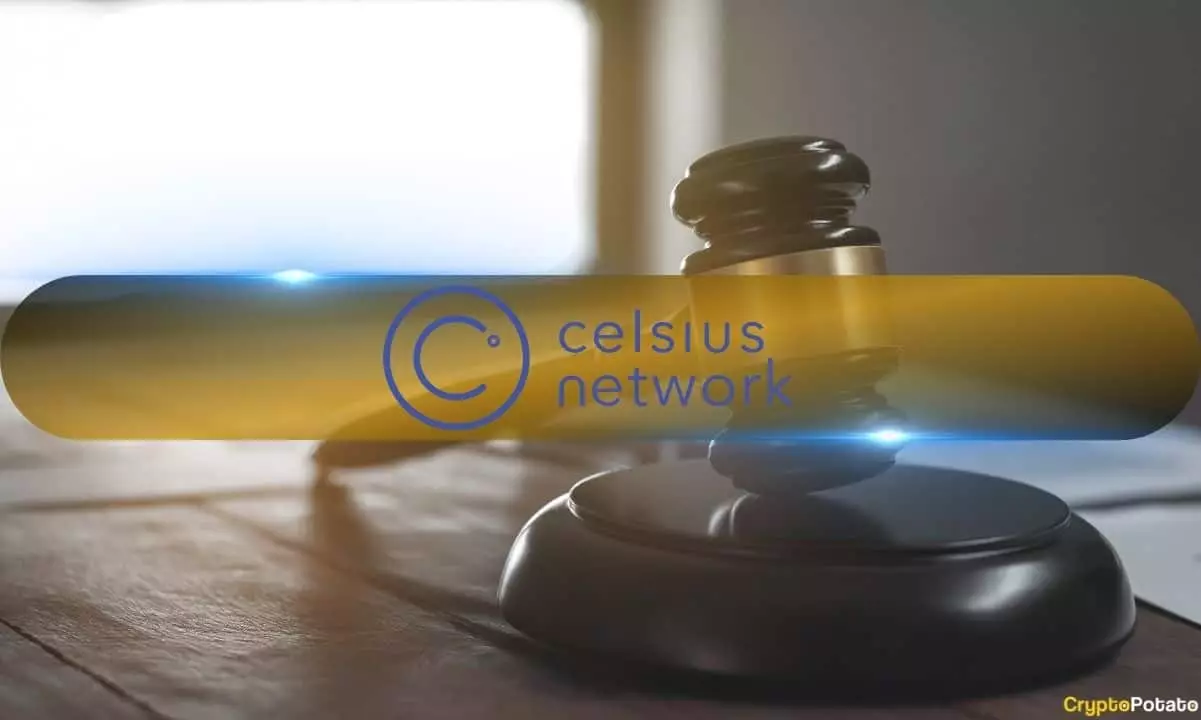In a groundbreaking decision, a bankruptcy judge for the Southern District of New York has permitted Celsius Network to issue legal notices via non-fungible token (NFT) airdrops, a move that signals a significant shift in how legal processes can adapt to the complexities of the digital age. Celsius Network, currently embroiled in insolvency proceedings, finds itself in a situation where it must address potentially fraudulent transfers to unidentified digital wallets. The traditional avenues for legal communication, which rely on established protocols and traceable identities, have proven inadequate in light of the anonymous nature of cryptocurrencies.
Celsius’s ongoing bankruptcy proceedings have led the company to take legal action aimed at nullifying the alleged fraudulent transfers and recuperating funds for the benefit of its creditors. However, the fundamental challenge remains: the inability to pinpoint the individuals behind the myriad of anonymous digital wallets involved in these transfers. Faced with this dilemma, Celsius proposed an innovative solution that capitalizes on the burgeoning popularity of NFTs, effectively turning a modern technology into a legal tool.
The central premise of Celsius’s approach lies in the use of NFTs containing hyperlinks. These NFTs will direct recipients to a designated website where they can review the legal complaints and other pertinent documentation. This is a significant departure from the conventional practices of serving legal papers, which is often limited to physical formats and conventional delivery methods. Instead, Celsius has opted to airdrop these NFTs directly into the digital wallets associated with the disputed transactions.
The firm has partnered with FTI Consulting to ensure that the NFTs are not only received but accessed appropriately. FTI will perform on-chain confirmations of receipt, document the exact times and dates of access, and track traffic to ascertain that real individuals – rather than automated programs – are engaging with the legal notices. By tracing the original transfers to the targeted wallets, FTI has also confirmed that these wallets remain active, suggesting that the same individuals likely still control them.
This innovative method is especially crucial in overcoming the limitations imposed by traditional legal service models. With the court ruling that conventional means were impractical due to the difficulty in tracing wallet holders, Celsius’s NFT strategy received judicial endorsement. Bankruptcy Judge Martin Glenn affirmed that serving legal notices via NFTs represents not just a feasible solution, but arguably the best approach available.
The court’s validation of this modern method taps into New York law’s recognition of alternative service methods when traditional means fail, provided they adhere to due process standards. In this case, it stands to reason that sending legal notifications through NFTs directed to the very wallets implicated in the fraudulent transfers meets these criteria. The innovative nature of this approach has prompted comparisons to the early adoption of email for legal notices, indicating a broader trend towards digitization in the legal field.
As Bitcoin and other digital currencies proliferate, the necessity for legal frameworks that can accommodate such innovations becomes clear. Celsius’s strategy underscores a critical realization: as our interactions and transactions increasingly occur within digital realms, our legal systems must adapt accordingly to ensure accountability and fair procedures.
Concluding Thoughts: A Step Forward in Legal Innovation
Celsius Network’s utilization of NFTs to serve legal notices shines a light on the potential for technology to enhance legal processes in an era dominated by digital interactions. As traditional methods grapple with the challenges posed by anonymity in the crypto space, innovative solutions like this give hope for more effective communication channels in legal scenarios. The ruling by Bankruptcy Judge Martin Glenn exemplifies a willingness within legal institutions to adapt to changing technologies, reinforcing the notion that the law and digital advancements can indeed coexist harmoniously. As this case unfolds, it may set a significant precedent for the intersection of blockchain technology and legal obligations, paving the way for a future where the legal sector is as innovative and multifaceted as the technologies it seeks to govern.

